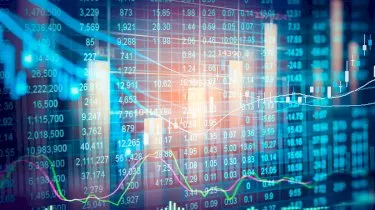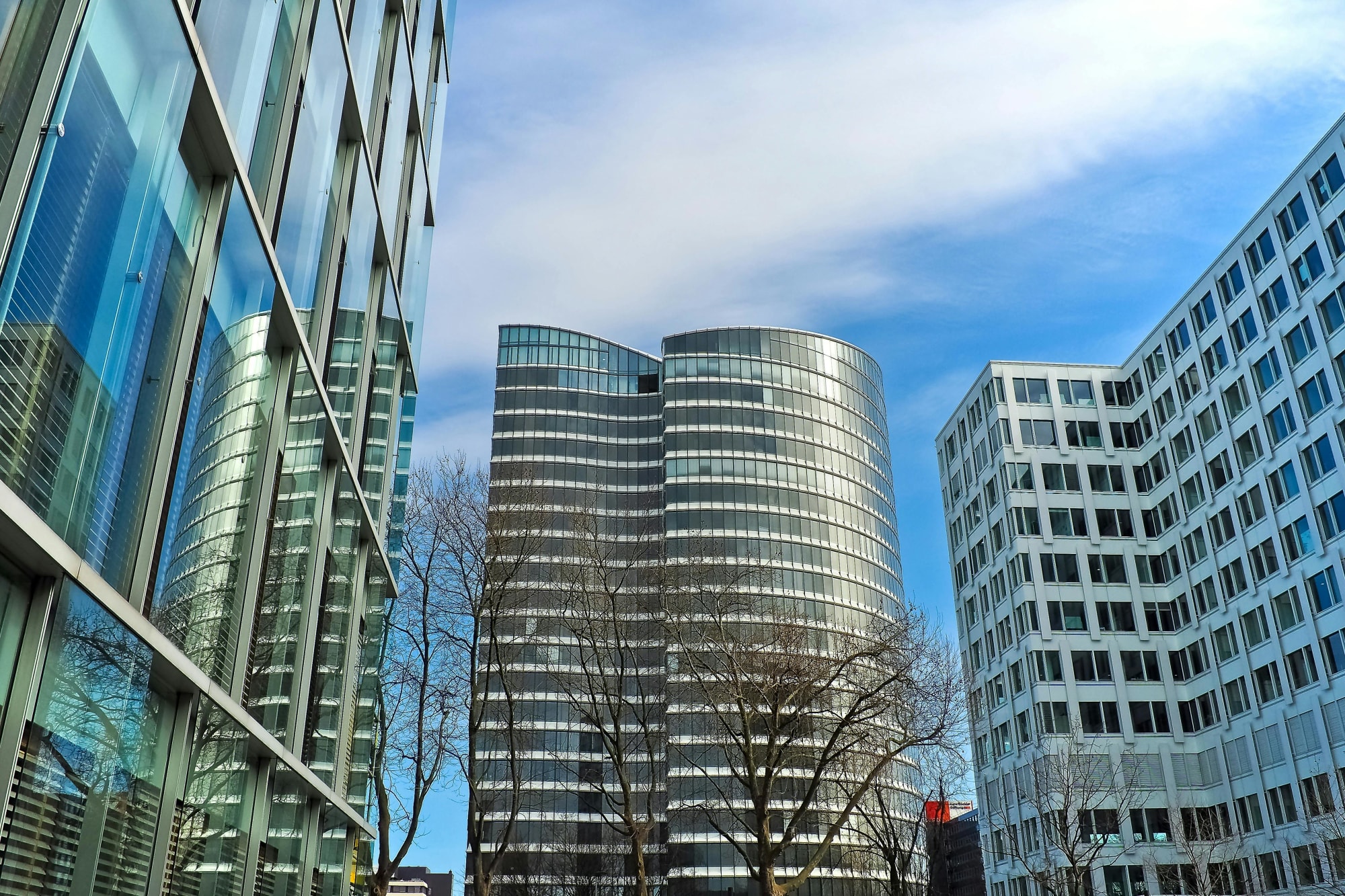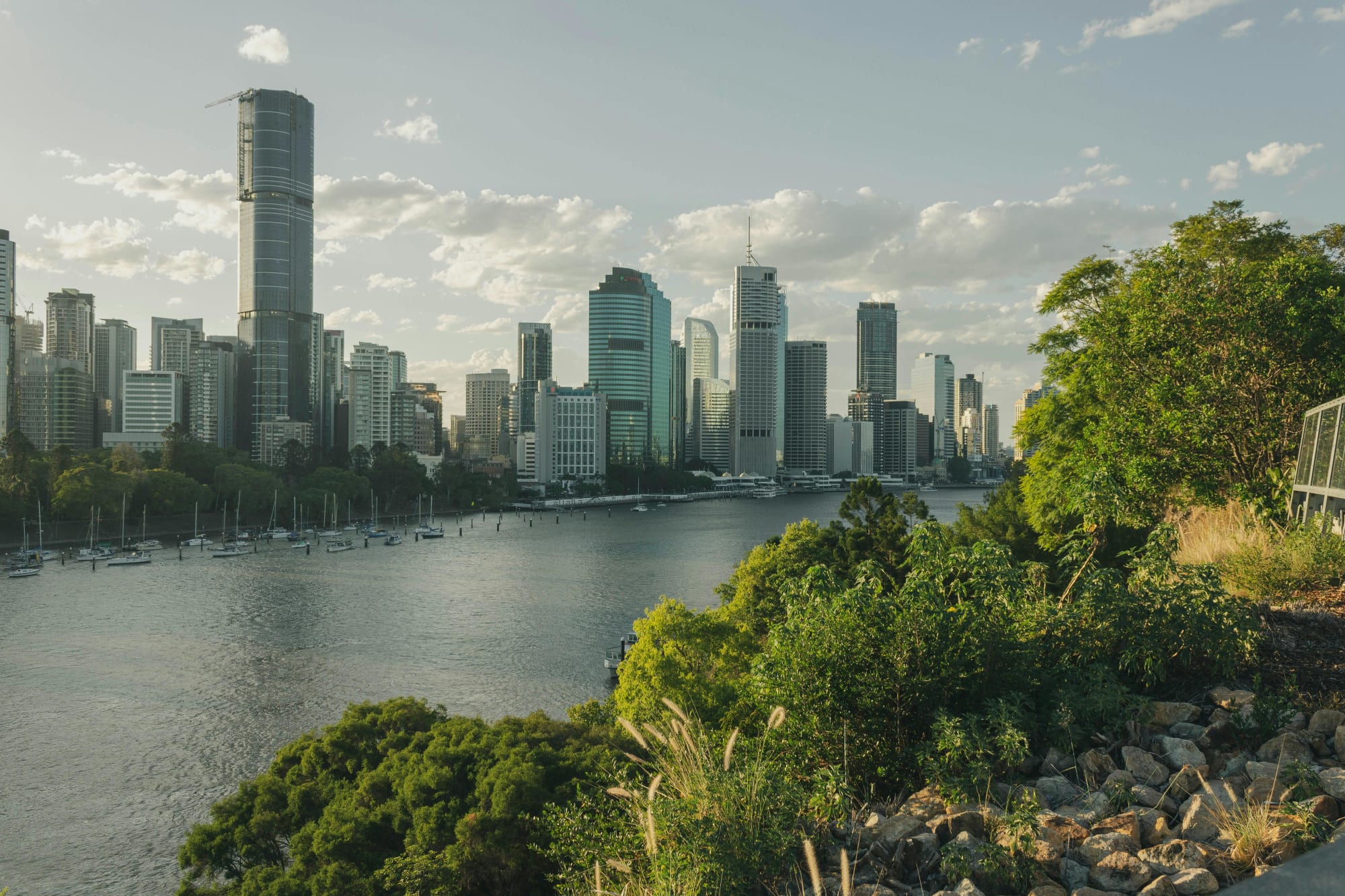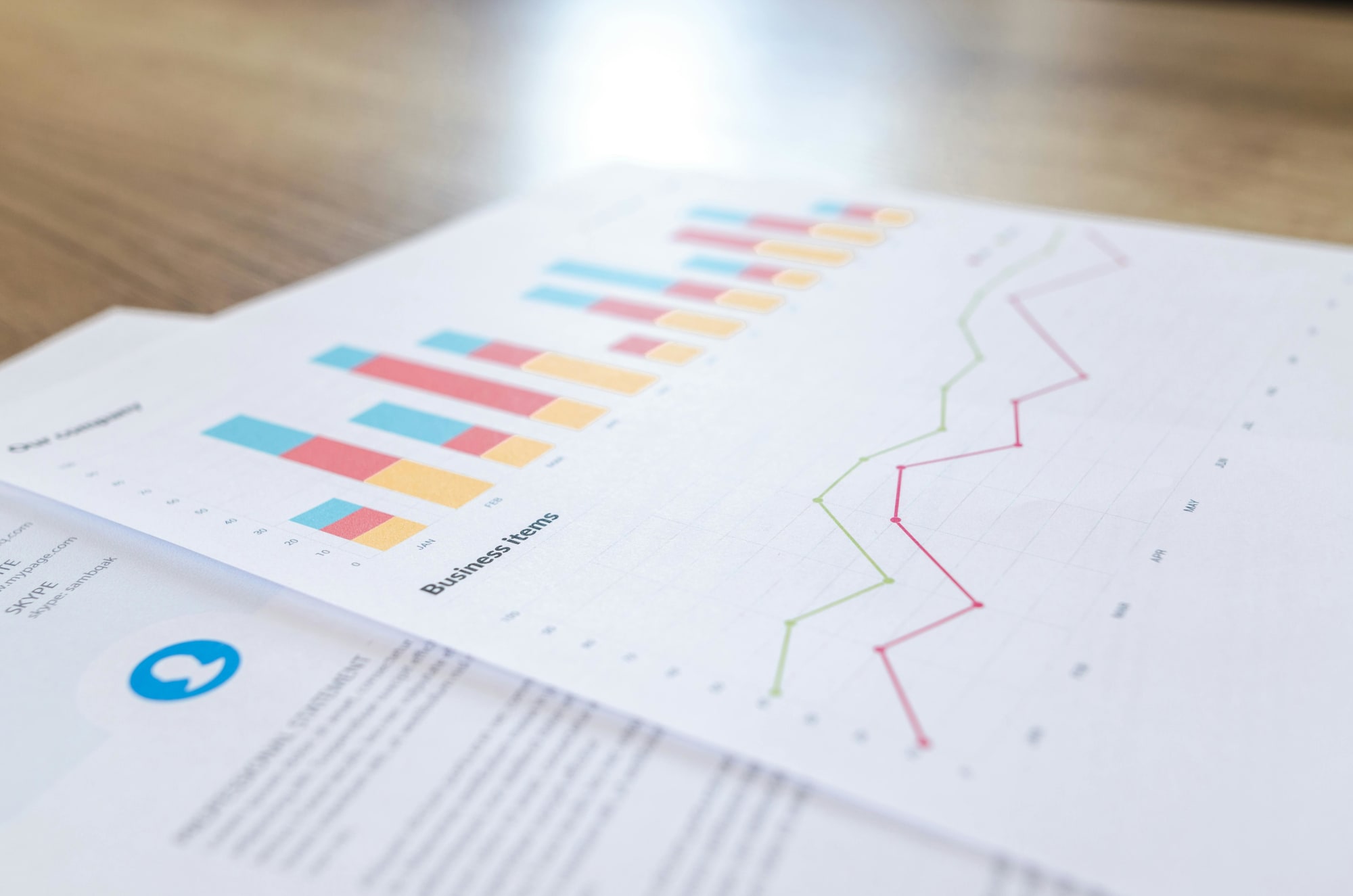Invest
‘Lagging the world’: Australia’s fintechs grew despite lack of incentives
Invest
‘Lagging the world’: Australia’s fintechs grew despite lack of incentives
Australia’s fintech sector continues to grow, despite the challenges of the COVID-19 recession, new research has shown.
‘Lagging the world’: Australia’s fintechs grew despite lack of incentives
Australia’s fintech sector continues to grow, despite the challenges of the COVID-19 recession, new research has shown.

Research released by KPMG shows Australia has added another 104 fintechs to the market in just over 12 months.
In total Australia now has 733 active fintechs.
Commenting on the findings Daniel Teper, National Fintech Lead, KPMG Australia said the strength of the market through the COVID-19 pandemic was a positive for the sector as a whole.
“Despite the impacts of COVID-19 on the economy, increased digitisation across financial services and new customer behaviours have created new opportunities for innovation.,” Mr Teper said.

“The overall impressive net growth in the number of fintechs illustrates both the robust market dynamics and a strong support for the fintech sector in Australia.”
Fintech sector lagging behind
Despite a growing number of fintechs entering the market, venture capital investor Seed Space highlighted Australia cannot compete globally in a fintech market due to weaker global initiatives.
The capital firm points out early stage venture capital limited partnership schemes in Australia currently offer a 10 per cent tax offset to investors in “innovative companies at the early and growth stages of the startup life-cycle”, according to information on the Treasury website.
Similar incentive schemes in the US offer an up to 100 per cent tax offset for early stage fintech investors depending on the state where the investment is located, while the UK’s investment scheme offers an up to 50 percent tax offset.
Early stage fintech investors in Japan are offered a 25 per cent offset for investing in early stage companies, the Seed Space data noted.
In a submission to the Senate committee on fintech and regtech, the company said not only were the incentives available in Australia not large enough to push investor money towards the fintech sector, the concession scheme was also restricted in the types of companies investors could fund, with service businesses such as robo advisers and neo-banks excluded.
“Many Australian fintechs are excluded from these incentive programs, despite their use and development of innovative technologies, and creation of novel business models,” the company said.
In order to boost Australia’s competitiveness as a global investment hub for fintech, Seed Space managing director and founder Dirk Steller said the government should also look at investment matching programs such as those used in European markets.
“In the UK and also in the EU, there are government direct investments into VC firms often through matching programmes - i.e. the VC firm raises $50 million and the government adds another $50 million,” Mr Steller said.
“We believe the Australian Future Fund could have similar provisions.”
About the author

About the author


Economy
Australia's June quarter GDP growth driven by consumer and government spending
Australia's economy has shown unexpected resilience in the June 2025 quarter, with household and government consumption driving growth despite a significant decline in public investmentRead more

Economy
Australia's GDP surprise is real but operators should heed the growth mix warning light
Australia’s June-quarter growth beat expectations on the strength of household consumption and government spending, even as public investment sagged. The upside surprise signals resilience, but the ...Read more

Economy
Households carried the quarter: what Australia’s upside GDP surprise means for strategy now
Australia’s economy expanded faster than expected in the June 2025 quarter, with GDP up 0.6 per cent quarter-on-quarter and 1.8 per cent year-on-year — the strongest pace in two years. The kicker ...Read more

Economy
Inflation dynamics in Australia: Electricity subsidies and labour market in focus
In a recent economic analysis, experts from State Street have highlighted significant developments in Australia's inflation landscape, attributing the changes primarily to the withdrawal of ...Read more

Economy
Australia's economic growth driven by consumer and government spending: A closer look at the June quarter
Australia's economy has delivered a surprising performance for the June 2025 quarter, surpassing expectations with a growth rate of 0.6% quarter-on-quarter and 1.8% year-on-year. This unexpected ...Read more

Economy
Australian and Korean leaders meet to unlock billions in new trade opportunities
In a significant effort to bolster economic ties and explore new avenues for investment, Australian and Korean leaders, alongside business executives and government officials, are gathering in Seoul ...Read more

Economy
Australia’s growth beat is real — but it’s the wrong kind for capacity
Australia’s economy outpaced forecasts in the June quarter as households opened wallets and government spending did the heavy lifting, even as public investment sagged. The signal for boardrooms: ...Read more

Economy
Australia’s growth is back—but it’s the wrong kind of strong
GDP surprised on the upside in the June quarter, powered by households and government outlays even as public investment slumped. The Reserve Bank stayed hawkish, signalling that sticky services ...Read more

Economy
Australia's June quarter GDP growth driven by consumer and government spending
Australia's economy has shown unexpected resilience in the June 2025 quarter, with household and government consumption driving growth despite a significant decline in public investmentRead more

Economy
Australia's GDP surprise is real but operators should heed the growth mix warning light
Australia’s June-quarter growth beat expectations on the strength of household consumption and government spending, even as public investment sagged. The upside surprise signals resilience, but the ...Read more

Economy
Households carried the quarter: what Australia’s upside GDP surprise means for strategy now
Australia’s economy expanded faster than expected in the June 2025 quarter, with GDP up 0.6 per cent quarter-on-quarter and 1.8 per cent year-on-year — the strongest pace in two years. The kicker ...Read more

Economy
Inflation dynamics in Australia: Electricity subsidies and labour market in focus
In a recent economic analysis, experts from State Street have highlighted significant developments in Australia's inflation landscape, attributing the changes primarily to the withdrawal of ...Read more

Economy
Australia's economic growth driven by consumer and government spending: A closer look at the June quarter
Australia's economy has delivered a surprising performance for the June 2025 quarter, surpassing expectations with a growth rate of 0.6% quarter-on-quarter and 1.8% year-on-year. This unexpected ...Read more

Economy
Australian and Korean leaders meet to unlock billions in new trade opportunities
In a significant effort to bolster economic ties and explore new avenues for investment, Australian and Korean leaders, alongside business executives and government officials, are gathering in Seoul ...Read more

Economy
Australia’s growth beat is real — but it’s the wrong kind for capacity
Australia’s economy outpaced forecasts in the June quarter as households opened wallets and government spending did the heavy lifting, even as public investment sagged. The signal for boardrooms: ...Read more

Economy
Australia’s growth is back—but it’s the wrong kind of strong
GDP surprised on the upside in the June quarter, powered by households and government outlays even as public investment slumped. The Reserve Bank stayed hawkish, signalling that sticky services ...Read more








